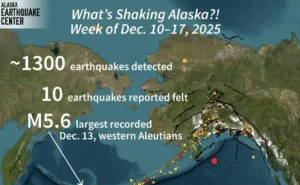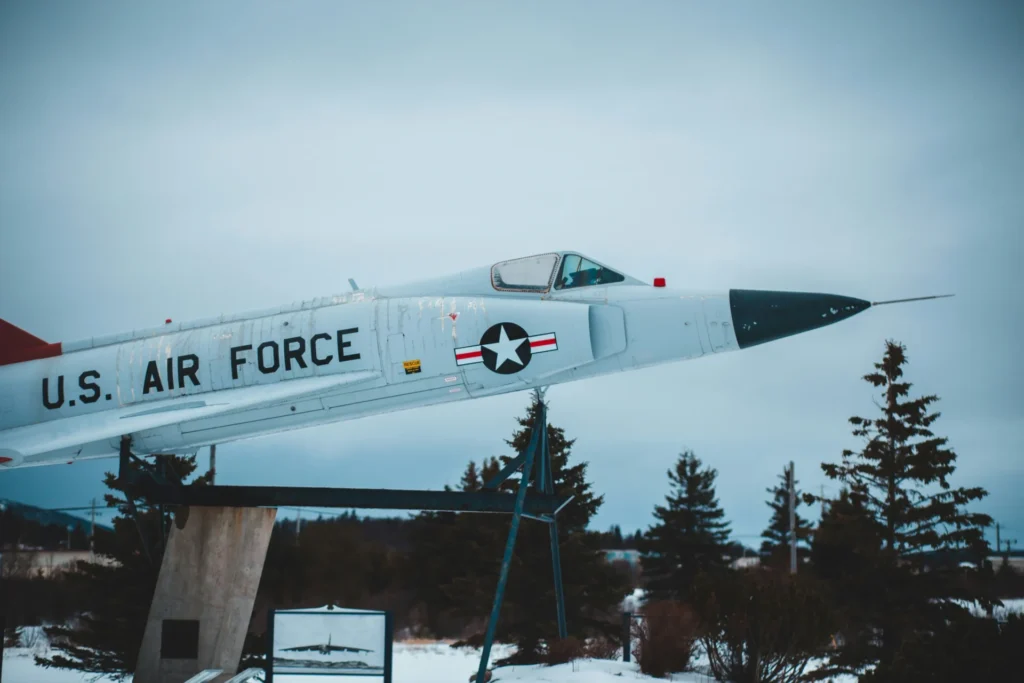North American Aerospace Defense Command tracked Russian aircraft in Alaska ADIZ for nearly two and a half hours on Monday. NORAD reported that the flight involved two TU-95 Bear H bombers, one TU-142 reconnaissance plane, one A-50 Mainstay radar aircraft, and two Su-35 Flanker fighter jets.
The incident occurred approximately 290 miles northeast of Shemya Island in the Bering Sea, near Alaska’s westernmost Aleutian point. According to Captain Rebecca Garand, NORAD did not disclose the exact flight path due to classified intelligence and national security concerns.
NORAD scrambled fighter jets in response, though officials declined to name specific bases or aircraft deployed for security reasons. The United States maintains ready alert fighters at Joint Base Elmendorf-Richardson in Anchorage and Eielson Air Force Base near Fairbanks.
Canada’s armed forces spokesperson Garand confirmed no close encounters or aggressive maneuvers during Monday’s operation. The Russian aircraft followed predictable flight patterns and did not behave unprofessionally or pose a direct threat.
NORAD emphasized in a public statement that such activity in the Alaskan air defense zone occurs frequently and poses no imminent danger. The command noted that Russia has recently stepped up military patrols in the region, especially near the ADIZ boundary.
In a separate incident last September, a Russian Su-35 dangerously approached a US F-16 fighter while shadowing a Russian bomber. That encounter drew concerns due to the aircraft’s proximity, which was captured in tense cockpit video footage.
NORAD continually uses satellite airborne radar and ground-based tracking systems to identify threats before they reach North American airspace. The AIDZ is a security buffer zone beyond sovereign airspace where foreign planes must identify themselves. While Russian aircraft in Alaska continue to draw military attention, NORAD and Canadian partners remain alert and committed to defending North American skies without escalation.










